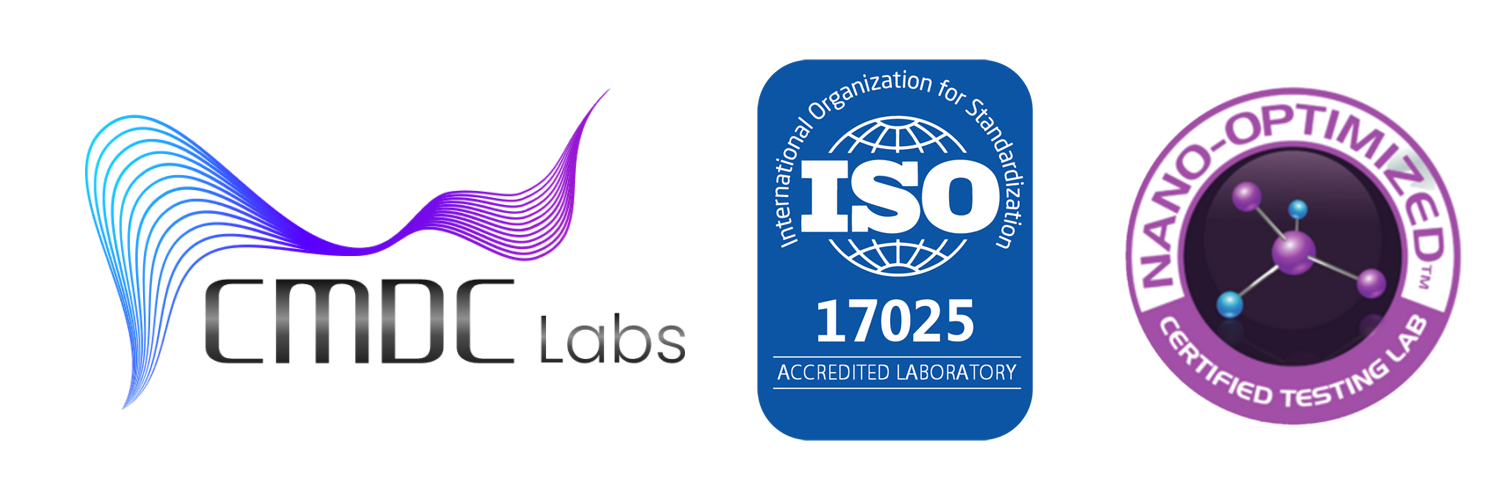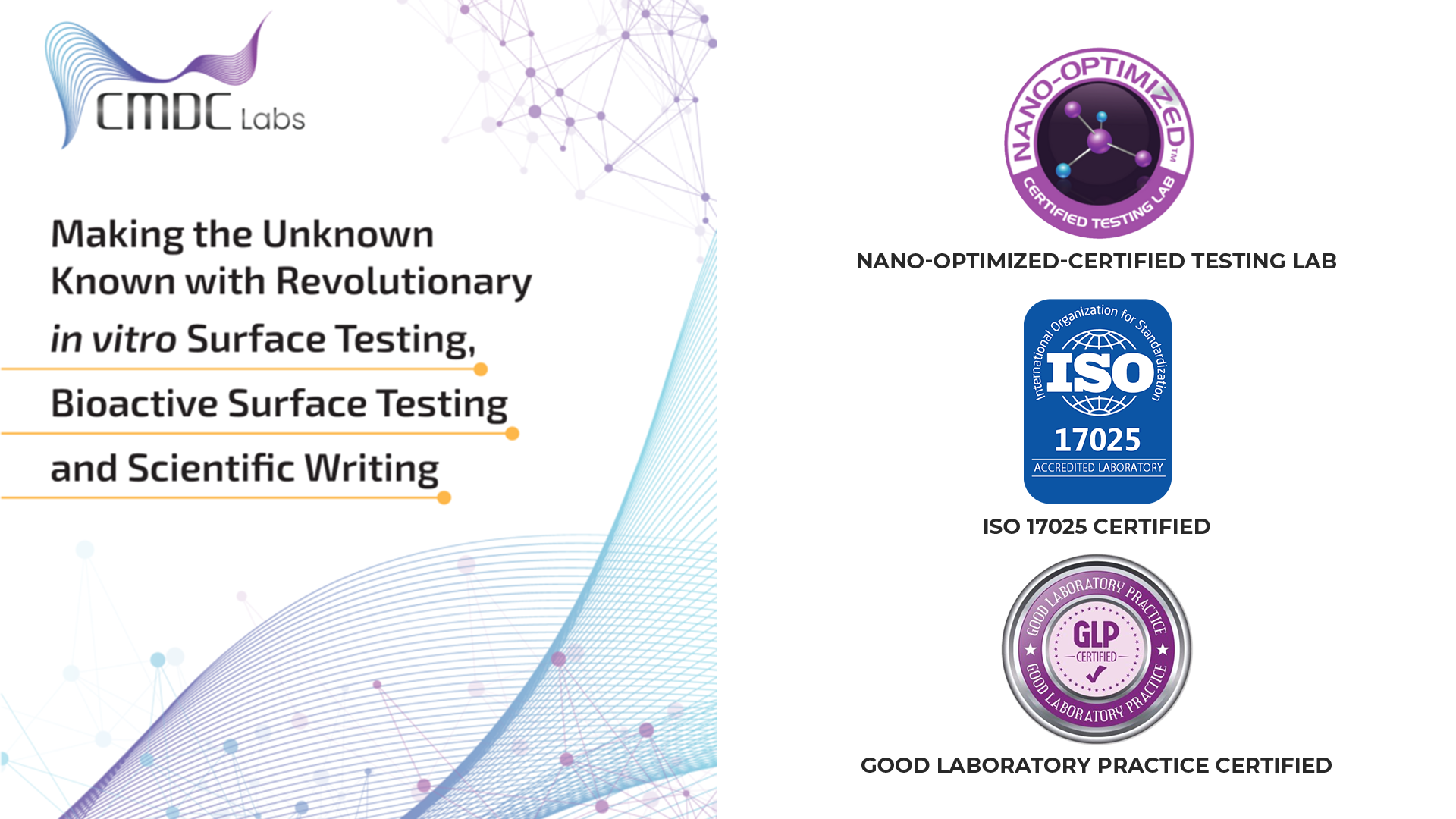Sterility testing is a critical component of ensuring the safety and efficacy of pharmaceutical products. Among the various guidelines and standards governing this process, USP<71> holds particular significance. In this article, we delve into the intricacies of USP<71>, exploring its importance, methodologies, and implications for sterility testing in pharmaceutical manufacturing.
Understanding USP<71>:
USP<71>, also known as the United States Pharmacopeia Chapter 71, outlines the procedures for testing the sterility of pharmaceutical products. It provides comprehensive guidelines for both aerobic and anaerobic microbial testing methods, including membrane filtration and direct inoculation. Compliance with USP<71> is essential for pharmaceutical manufacturers to demonstrate the absence of viable microorganisms in their products, thus ensuring their safety for patient use.
Methodologies for USP<71> Compliance:
USP<71> presents multiple methodologies for sterility testing, each tailored to specific product types and testing requirements. Membrane filtration, one of the most commonly used techniques, involves passing the product through a membrane filter to capture any microorganisms present. Direct inoculation, on the other hand, entails directly inoculating the product into culture media to observe microbial growth. By employing these rigorous testing methodologies, manufacturers can meet USP<71> requirements and uphold the highest standards of product quality and safety.
Implications for Pharmaceutical Manufacturing:
Compliance with USP<71> is not only a regulatory requirement but also a critical aspect of pharmaceutical manufacturing. The presence of microbial contaminants in pharmaceutical products can pose serious health risks to patients, leading to infections and other adverse effects. By adhering to USP<71> guidelines, manufacturers can minimize these risks and ensure the efficacy and safety of their products. Additionally, USP<71> compliance enhances product quality and reliability, bolstering consumer trust and confidence in pharmaceutical brands.
Conclusion:
USP<71> plays a pivotal role in the sterility testing process, serving as a cornerstone of quality assurance in pharmaceutical manufacturing. By breaking down the complexities of USP<71> and understanding its methodologies, manufacturers can uphold the highest standards of sterility testing and ensure the safety and efficacy of their products. At CMDC Labs, we are committed to adhering to USP<71> guidelines and employing best practices in sterility testing to deliver safe and reliable pharmaceutical products to market.

